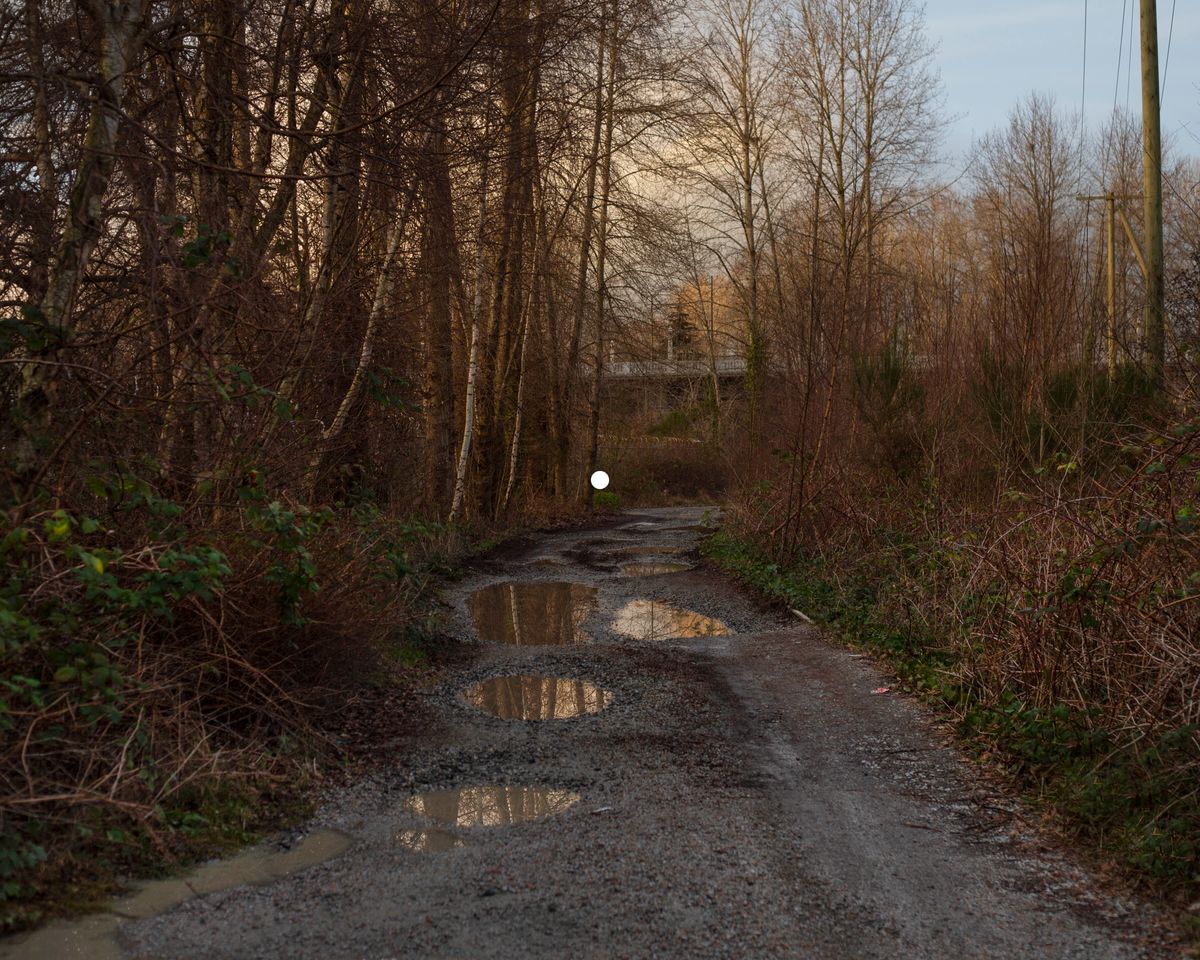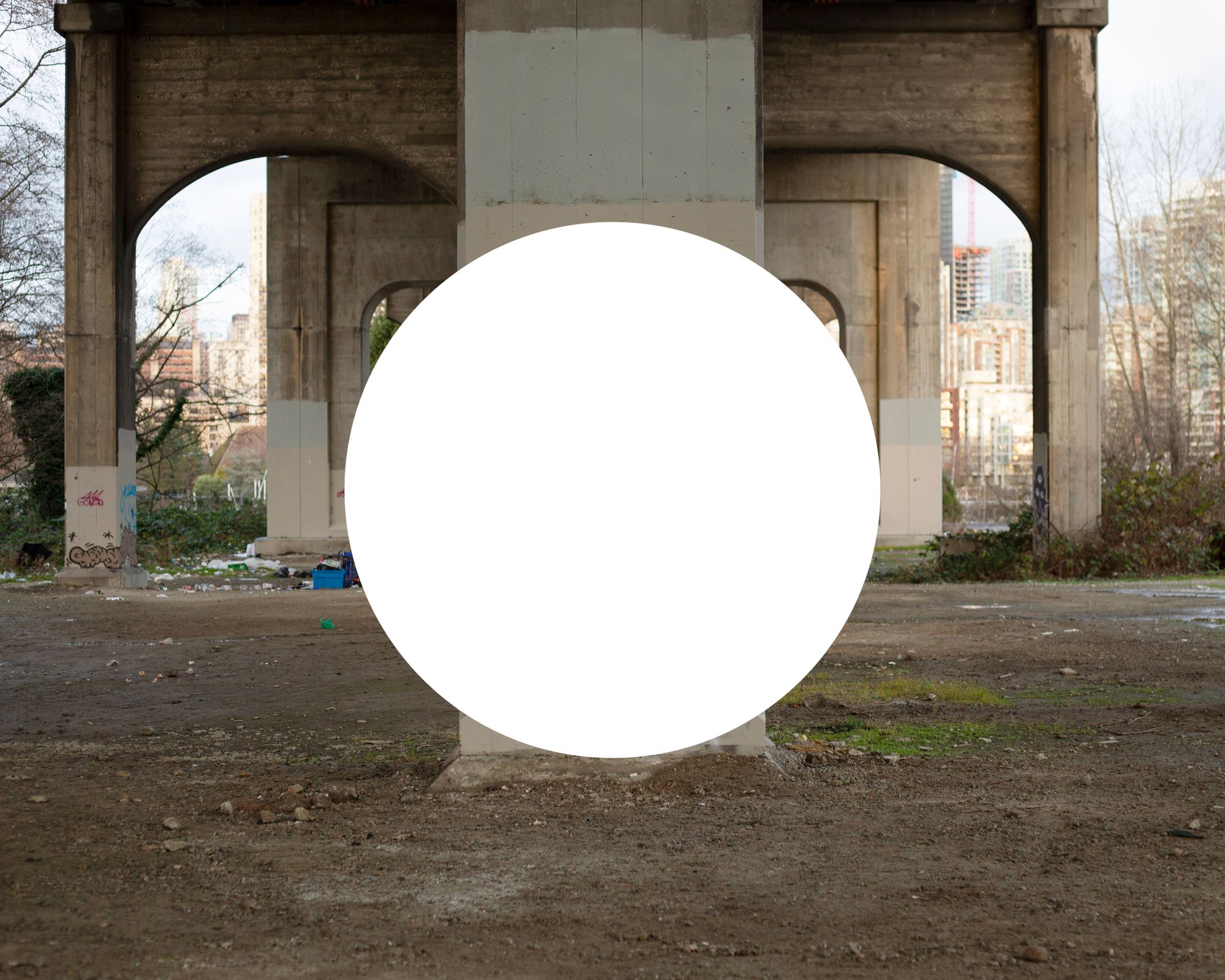Amy Romer: The place inside the head of False Creek

We all come from somewhere and with a history attached to us even before we were born. This could be either our individual family history — what parents we were born to, who our grandparents are, etc. — or on a more macro level, our land and country. We don’t get to choose any of this, yet it tends to form a huge part of our own identity. The whole debate of nature versus nurture dabbles in this - is our destiny predetermined from our birth, i.e. largely dependent on our genes, family, ancestors, or is who we become and what we accomplish mainly due to our upbringing and environment. Perhaps it’s a mixture of both as it’s hard to argue that either of the two has no influence.
Photography is above all a medium for remembrance. It helps us position ourselves within the context of our ancestors, trace their paths and understand ourselves a little better. Through archival photographs we can establish where we came from or what the customs and traditions of our nation or tribe are; images, combined with written and oral tales, can be an extremely powerful instrument in building identity.
Amy Romer uses photography to gain understanding of the place that she decided to make her home by choice rather than birth. 5 years ago she moved to Canada and for her project The Place Inside the Head of False Creek she gives us the story of Sen̓áḵw, part of the unceded territory of the Sḵwx̱wú7mesh Úxwumixw (Squamish Nation). Originally a fishing village, Sen̓áḵw was appropriated in 1868 by the Canadian government and renamed 'Kitsilano Indian Reserve No. 6'.
Eventually, Sḵwx̱wú7mesh residents were removed and displaced, and 'Kitsilano' has since grown to become one of Vancouver's most affluent neighborhoods. She sees it as a land stolen through colonization and the project aims to understand how Romer fits into the picture as a white settler coming from what once was the British Empire. It’s an inquisitive body of work concerned with issues such as identity, loss and belonging.

Circles are compelling as figures and geometric shapes; they can be very close to what we call “perfection” with their simplicity. John Baldessari used them in his art works and so did the photographic duo Broomberg and Chanarin. They are interesting devices because they obscure rather than reveal (they also resemble punch holes giving the impression that something was taken away, physically removed from the image) and can be seen as a metaphor for photography in general.
Sign up for the newsletter to read this post
We support independent documentary photographers and photojournalists by promoting their work. Read unique documentary stories with our newsletter.
